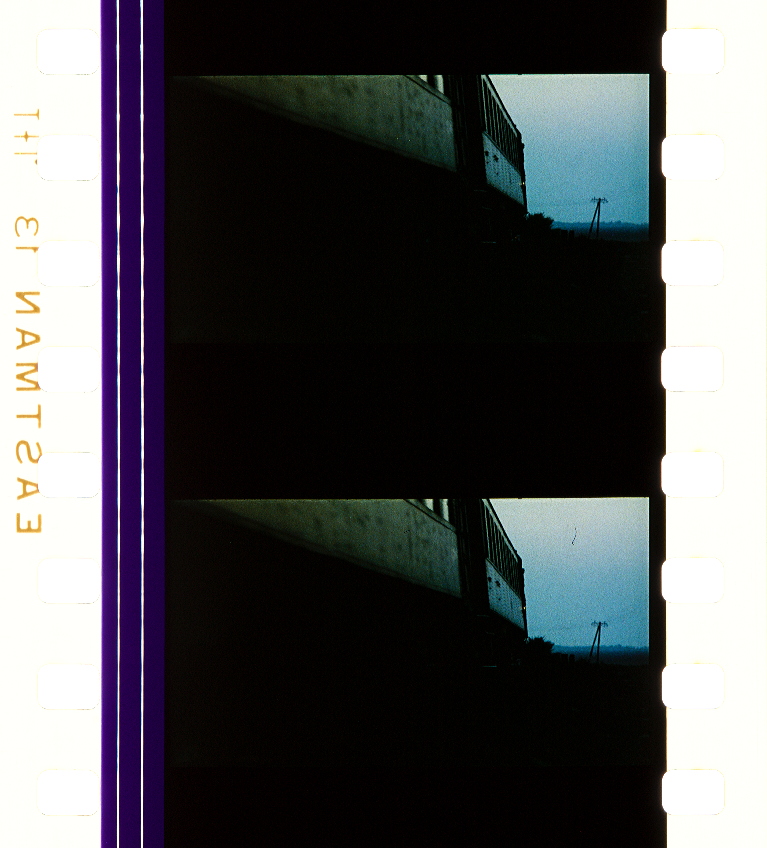

He could pretend if he needed, to be an American named Nelson Dyar, with four thousand pesetas in the pocket of the jacket that lay across the seat in the stern of the boat, but he would know that it was a remote and unimportant part of the entire truth. And so he, lying in the sun and feeling close to himself, knew that he was there and rejoiced in the knowledge. From whatever direction the approach is made, the result is the same: life for life's sake, the transcending fact of the living individual. Life needs no clarifying, no justification. In fiction of slowly gathering menace, he achieves effects of horror and dislocation with an elegantly spare style and understated wit. Its characters-ranging from a Moroccan boy gifted with spiritual healing power to an American writer who regrets the passing of traditional ways-are caught up in the clash between colonial and nationalist factions, and are forced to confront cultural gulfs widened by political violence.īowles-who once told an interviewer, “I’ve always wanted to get as far as possible from the place where I was born”-charts the collisions between “civilized” exiles and unfamiliar societies that they can never really grasp. The Spider’s House (1955), the longest and most complex of Bowles’s novels, is set against the end of French rule in Morocco.

Rich in descriptions of the corruption and decadence of the International Zone in the last days before Moroccan independence, Bowles’s second novel is an alternately comic and horrific account of a descent into nihilism. In Let It Come Down (1952), Bowles plots the doomed trajectory of Nelson Dyar, a New York bank teller who comes to Tangier in search of a different life and ends up giving in to his darkest impulses. In a prose style of meticulous calm and stunning visual precision, Bowles tracks Port and Kit Moresby on a journey through the desert that culminates in death and madness. The Sheltering Sky (1949), which remains Bowles’s most celebrated work, describes the unraveling of a young, sophisticated, and adventuresome married couple as they make their way into the Sahara.

This Library of America volume, containing his first three novels, with its companion Collected Stories and Later Writings, is the first annotated edition of Bowles’s work, offering the full range of his literary achievement: the portrait of an outsider who was one of the essential American writers of the last half century. From his base in Tangier he produced novels, stories, and travel writings in which exquisite surfaces and violent undercurrents mingle. By the time of his death in 1999 he had become a unique and legendary figure in modern literary culture. Paul Bowles had already established himself as an important American composer when, at the age of 38, he published The Sheltering Sky and became widely recognized as one of the most powerful writers of the postwar period.


 0 kommentar(er)
0 kommentar(er)
